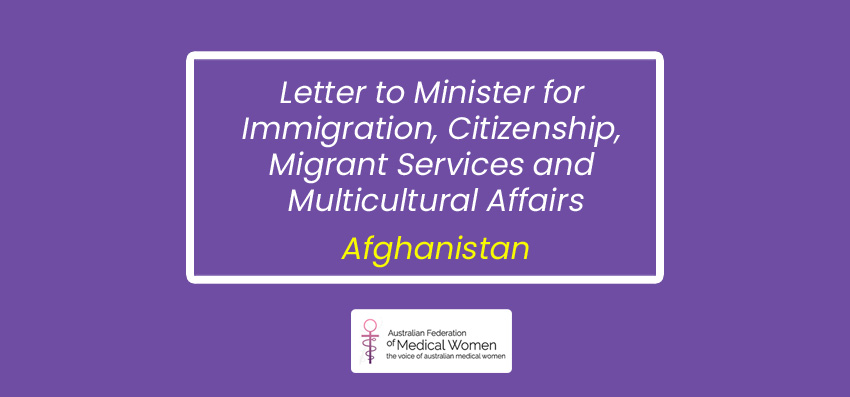Gender discrimination and harassment in the medical workplace have been well documented for many years and continue to be pressing issues for doctors and medical students alike. This takes many forms, ranging from overt assault and sexual bargaining (1) to more insidious manifestations, such as signalling to female medical students that women are not cut out for life as a surgeon (2). Sexual harassment and discrimination have been outlawed in Australia for more than 25 years, but this has not proven effective against such a chronic, pervasive and culturally entrenched problem.
What do we want?
The ideal medical workplace is one that embodies inclusiveness, diversity and compassion. We want to see a medical workplace that brings out the best in its doctors so that they feel free and empowered to provide the best care possible.
What has been done?
VMWS has been advocating for women to be treated equally in the medical workplace since 1885. Women are overwhelmingly more likely to experience gender discrimination and harassment in medical school and throughout their career, and this has been shown to affect their psychological and physical health and can impede their professional achievements (3,4).
It has been of high priority for the VMWS to use its position as a trusted and long-standing women’s medical society to demand recognition of harassment and discrimination as a gendered problem, which needs to be eliminated to achieve equality in the medical workplace. VMWS has provided its knowledge and insights to the Australian Human Rights Commission, the AMA and the Department of Health in their various efforts to address sexual harassment and discrimination in the medical workplace.
As VWMS continue to advocate for change, many medical colleges and governing bodies have also joined the fight. The 2019 national inquiry into sexual harassment in the Australian workplace received submissions from the following groups (5):
- Australian Medical Association
- Royal Australasian College of Surgeons
- Level Medicine
- Australian Medical Association of Western Australia
- Australian Salaried Medical Officers’ Federation
Many of these submissions made suggestions on strategies to curtail sexual harassment and discrimination, which included:
- Bystander intervention
- Improved regulation and enforceable policies around sexual harassment and discrimination
- Increasing the number of women in leadership positions
- Role modelling respectful and inclusive behaviour
As these strategies show, while groups like the VMWS have been pushing for women’s rights in the workplace for decades, the safety of medical women in their workplace is the responsibility of everyone.
References:
- https://ama.com.au/ausmed/%E2%80%98she%E2%80%99-medical-leadership
- https://levelmedicine.org.au/resources/completed-fellowship-papers/gender-pay-gap/
- Australia Medical Association WA (2016), ‘Shattering the silence’, Medicus, 18 April 2016, p. 22, http://www.amawa.com.au/wp-content/uploads/2016/04/Cover-18-April-2016.pdf
- National Academies of Sciences, Engineering, and Medicine. (2018). Sexual Harassment of Women: Climate, Culture, and Consequences in Academic Sciences, Engineering, and Medicine. Washington, DC: The National Academies Press. doi: 10.17226/24994
- https://humanrights.gov.au/our-work/sex-discrimination/national-inquiry-sexual-harassment-australian-workplaces-submissions


